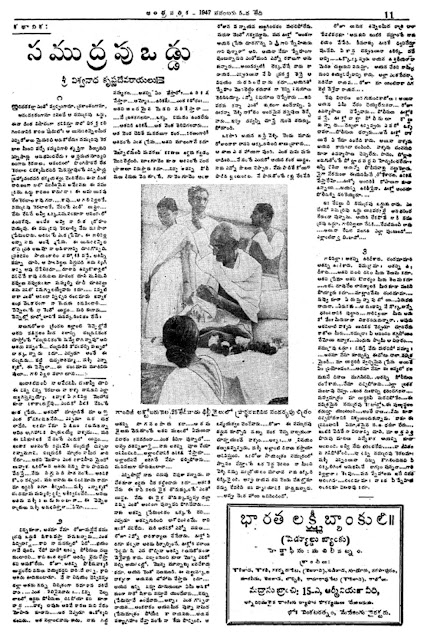If you notice the list on the right, my old post about this master painter is among the top 10 popular pages.
I am really impressed the work of this artist.
I bring you a set of images here.
The three images after the first are details of the first one.
In 1921, Kandinsky was invited to go to Germany to attend the Bauhaus of Weimar by its founder, architect Walter Gropius. The Bauhaus was an art school that combined crafts and the fine arts, which in time became famous for its approach to design that it publicised and instructed. Kandinsky taught the basic design class for beginners and the course on advanced theory at the Bauhaus; he also conducted painting classes and a workshop in which he augmented his colour theory with new elements of form psychology. The development of his works on forms study, particularly on points and line forms, led to the publication of his second theoretical book, Point and Line to Plane, in 1926. Geometrical elements took on increasing importance in both his teaching and painting — particularly the circle, half-circle, the angle, straight lines and curves. This period was intensely productive. Kandinsky was to teach at the Bauhaus school of art and architecture from 1922 until the Nazis closed it in 1933.
Housed in New York’s Solomon R. Guggenheim Museum, the 1929 canvas Storeys is evidently reminiscent of Paul Klee’s style of work and the two artists lived together for a time at the Bauhaus in Dessau. The composition presents a striking collection of abstract entities, occupying several floors (storeys) of a house structure, perhaps as an ironic commentary on the construction programme of the Bauhaus, the functional structuring of living space into small, identical units like the experimental Torten estate in Dessau, built with the help of industrial production methods. Though Kandinsky’s paintings may seem positive, the last years of the Dessau Bauhaus were sadly not.
I am really impressed the work of this artist.
I bring you a set of images here.
The three images after the first are details of the first one.
STOREYS
In 1921, Kandinsky was invited to go to Germany to attend the Bauhaus of Weimar by its founder, architect Walter Gropius. The Bauhaus was an art school that combined crafts and the fine arts, which in time became famous for its approach to design that it publicised and instructed. Kandinsky taught the basic design class for beginners and the course on advanced theory at the Bauhaus; he also conducted painting classes and a workshop in which he augmented his colour theory with new elements of form psychology. The development of his works on forms study, particularly on points and line forms, led to the publication of his second theoretical book, Point and Line to Plane, in 1926. Geometrical elements took on increasing importance in both his teaching and painting — particularly the circle, half-circle, the angle, straight lines and curves. This period was intensely productive. Kandinsky was to teach at the Bauhaus school of art and architecture from 1922 until the Nazis closed it in 1933.
Housed in New York’s Solomon R. Guggenheim Museum, the 1929 canvas Storeys is evidently reminiscent of Paul Klee’s style of work and the two artists lived together for a time at the Bauhaus in Dessau. The composition presents a striking collection of abstract entities, occupying several floors (storeys) of a house structure, perhaps as an ironic commentary on the construction programme of the Bauhaus, the functional structuring of living space into small, identical units like the experimental Torten estate in Dessau, built with the help of industrial production methods. Though Kandinsky’s paintings may seem positive, the last years of the Dessau Bauhaus were sadly not.












